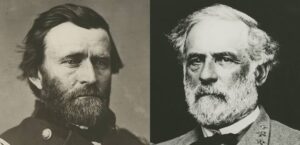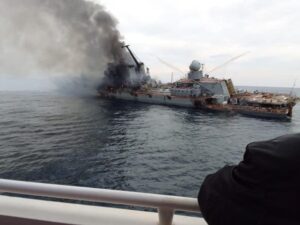Piss-Ant, Potentate Politicians
In regione caecorum rex est luscus
In the Land of the Blind, the One-eyed Man is King
Piss-Ant, Potentate Politicians
In the 1930s between Belgium and Poland, a piss-ant, potentate politician decided that he was going to get rid of an entire group of people upon whom he blamed his country’s ills, calling them vermin (Ungeziefer) and deplorables (bedauernswerten). He was devious enough, however, to know the populace would not accept that in one bite, so he used an incremental approach. First the deplorables were not allowed to sit on the same park benches as “regular” people. Different benches? No big deal. Later, they could not be treated by regular physicians, attend regular schools, own their own businesses, retain their citizenship and on it went.
Then the piss-ant, potentate politician said that the bedauernswerten must live in their own communities apart from regular people, and were transported to overcrowded urban ghettos in eastern Europe, where they were confined and worked, unpaid, for the government.
Because they were out of sight and out of mind of regular people, the piss-ant, potentate politician finally ordered that the deplorables be murdered. And so they were. But in Warsaw, the doomed people fought back. Or actually a few did; of the 56,065 people there about 1,000 younger people fought. The rest decided it was better to pray on your knees than die on your feet, and told the fighters that resistance would only make the piss-ant, potentate politician angry. But the youngsters – being youngsters – told those who would not fight, Shtup es in toches and fought anyway, until all of them were killed in combat by the piss-ant, potentate politician’s special troops that wore skulls on their uniforms. But at least they went out on their own terms.
Meanwhile, those who would not fight believed that they had avoided the piss-ant, potentate politician’s ire, only to be loaded onto railway cattle cars, transported to Vernichtungslager (extermination camps), and marched into gas chambers, where carbon monoxide from large diesel engines did its gruesome work. The choking-to-death took about twenty minutes, after which the piss-ant, potentate politician’s henchmen yanked out the victims’ gold teeth and searched the bodies for any hidden jewelry.
Decades later, in a country located between Canada and Mexico, piss-ant, potentate politicians – unfortunately, not only the usual suspects, but also some from the other side of the aisle – concluded that their nation’s Constitution gave way too much power to the unwashed common citizens – termed deplorables by many of the elites – upon whom they blamed their country’s ills and that their “rights” had to be swiftly and ruthlessness curtailed. So the piss-ant, potentate politicians got their lackies in social media – such as YouTube and Facebook among others – to attack freedom of speech, banning recalcitrants. Using a pandemic from China, they also banned public gatherings including religious services, and continued to go after more firearms, which the Constitution had allowed as a basic right, but many piss-ant, potentate politicians had their own security guards, lived in gated communities, and couldn’t care less about crime in your neighborhood.
Then the teachers’ unions, renowned lapdogs and sycophants of piss-ant, potentate politicians, got into the act, refusing to conduct actual classes in many public schools. They conducted virtual classes using technology, all the while knowing that some students had no access to such technology. End of year comprehension tests meant nothing and the vast majority of students in 2020, 2021, and counting, were bumped up to higher grades, regardless of how ill-prepared they were. What the union leaders did not mention was that nationally, more than 20% of public school teachers with school-age children enroll them in private schools, almost twice the 11% rate for the general public. Talk about a chef who won’t eat what he cooks.
Then the piss-ant, potentate politicians enlisted the help of some members of the medical community – including the omnipotent Center for Disease Control – to opine on pandemic vaccines, effectiveness of paper and cloth masks, efficacy of hydroxychloroquine and zinc, and the actual lethality of the virus and its variants, as well as issue orders that they are not legally allowed to do under the Constitution.
Finally, many of the piss-ant, potentate politicians decided that it would be a good thing for people who had received the vaccination to publicly show “proof” of that before being allowed in public places, which only goes to show you that modern piss-ant, potentate politicians really do study the past, as the piss-ant, potentate politician back in the day had a similar tactic – making his deplorables wear a yellow Star of David.
Which gets to our question of the day: when are you going to tell the piss-ant, potentate politicians and their flunkies to Shtup es in toches! Because all roads can lead to Warsaw




























